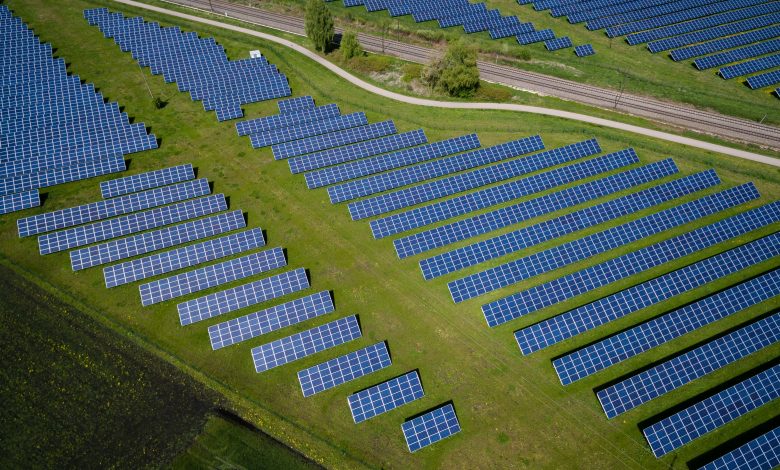Solar Power and Fossil Fuels

Those who criticize the use of fossil fuels because of the damage done to the environment often applaud renewable energy for its little-to-no emissions and pollutants. Though the amount of radiation to hit the Earth’s surface per hour is more than the total energy consumed per year, solar power is not as popular as water, wind, or biofuels as an alternative energy resource. By July 2019, only 644 trillion Btu of solar power were consumed compared to biomass consumption, which totaled 2,925 trillion Btu (or British thermal unit, which is a measurement based on the amount of heat needed to raise the temperature of one pound of water by 1 degree Fahrenheit). However, solar power is projected to climb to more than a quarter of the total renewable energy in the United States by 2050 — making it the fastest-growing source of electricity generation.
How it works
Radiation from the sun is used to generate heat and electricity. It can be understood using several methods: Thermal systems that collect radiation to heat water and air; thermal power plants heat fluid that is then used to generate steam to power turbines and generators; and photovoltaic (PV) systems that directly convert radiation into electricity for small- and utility-scale use.
In thermal systems, passive solar power is found in building design and optimizing space to allow the sun to naturally heat an area with the help of heat-absorbing walls and floors. Active solar collectors use heat-absorbing fluids that run through tubes to a specific area, whether a room of a heated-water tank.
Photovoltaic cells are non-mechanical devices that directly convert sunlight (sometimes artificial light) into electricity. The PV systems absorb photons (solar energy), which release electrons that in turn create a voltage in its unstable state due to the reaction with the semiconductor material of the PV cell.
Solar power and fossil fuels
 Photo by American Public Power Association on Unsplash
Photo by American Public Power Association on Unsplash
Since 2010, the International Renewable Energy Agency reported a 73 percent decrease in the cost of solar power generation. As renewable energy takes center stage in the climate change discussion so does the innovation of the field. In 2019, the continued fall in the cost to produce renewable energy put solar power in competition with fossil fuel prices (Dudley, 2019). The cost of solar PV is now at $.10 per kilowatt-hour versus electricity from fossil fuels that typically is between $.05 and $.17 per kilowatt-hour.
Another way to compare fossil fuels and solar power is by how much energy can be extracted and stored for electricity. Fossil fuels are more energy-dense than solar power. One example given of this is the charge on an iPhone. ExxonMobil reported that one gallon of gas has enough energy to fully charge a phone once a day for 20 years versus having to restock on solar power per charge (Chan, 2011). However, the solar field is quickly improving energy density.
The production of solar power also takes up more land space, even though the energy produced is far cleaner. One Danish study found that solar and wind power take up 40-50 percent more space than coal factories and 90-100 times more than gas manufacturers. However, roof-top solar panels are a solution, as they don’t compete with land use but rather increase value to existing buildings and structures.
Solar and the environment
Unlike burning fossil fuels, electricity from solar power is carbon-free. Solar energy doesn’t produce greenhouse gas emissions, although it’s not totally void of environmental impacts. However, some would argue that the transportation of building materials emits greenhouse gases. The Union of Concerned Scientists notes habitat loss, land and water use, and hazardous materials (such as arsenic) in manufacturing as pitfalls regarding solar energy production and the environment. Also, depending on the scale and system used, these impacts will vary.
Sources
U.S. Energy Information Administration (October 2019). “Monthly Energy Review.”
Center for Climate and Energy Solutions. “Renewable Energy”Dominic Dudley (May 2019).
“Renewable Energy Costs Take Another Tumble, Making Fossil Fuels Look More Expensive Than Ever” Forbes
Union of Concerned Scientists. “Renewable Energy”
Casey Chan (2011). “A Gallon of Gas Can Power an iPhone for 20 Years” Gizmodo
Leiden University (2018). “Renewable energy sources can take up to 1000 times more space than fossil fuels” Phys.org



